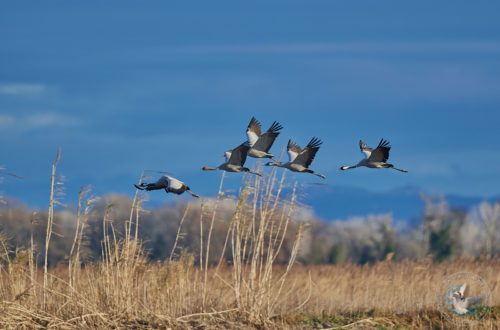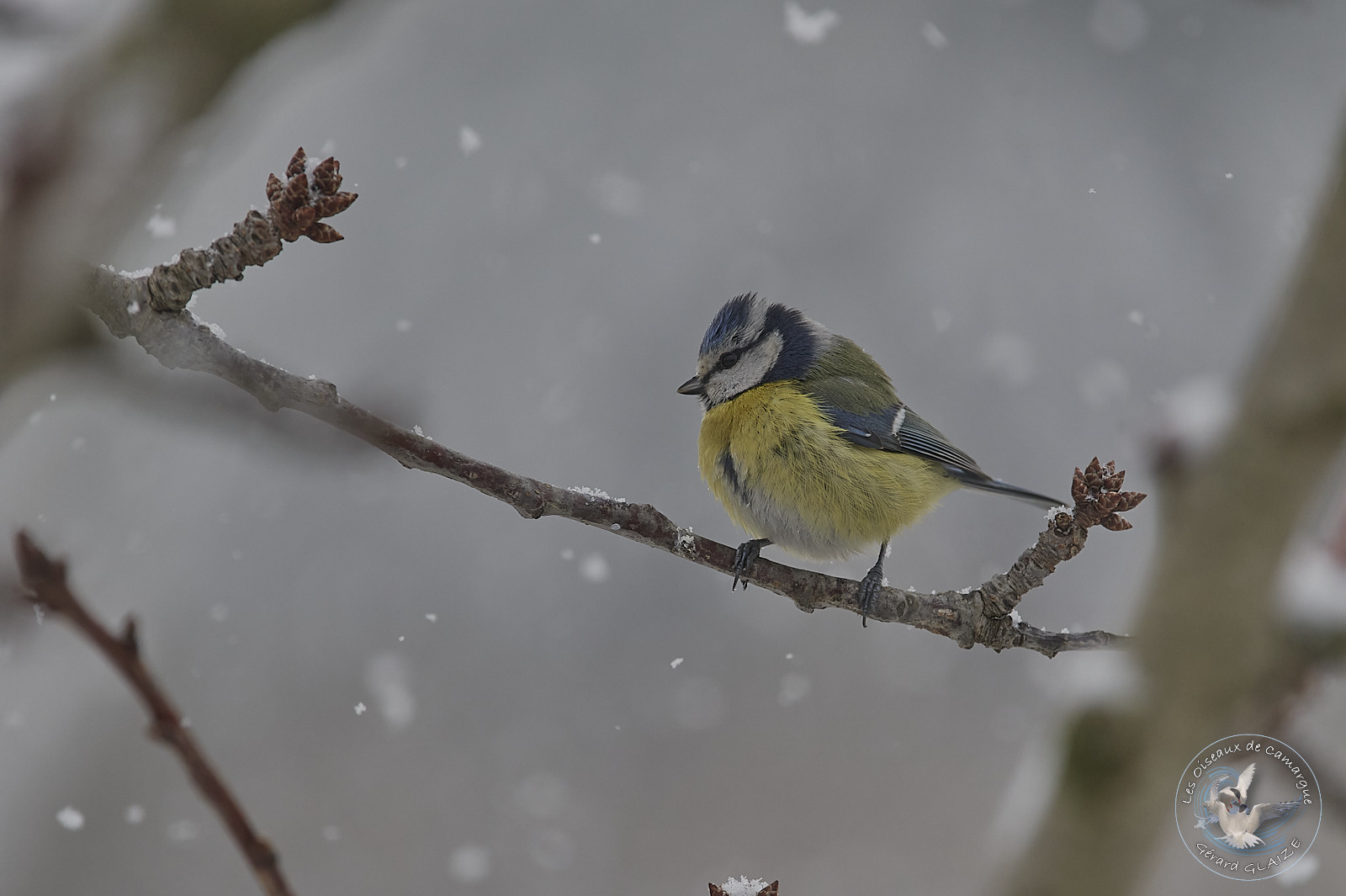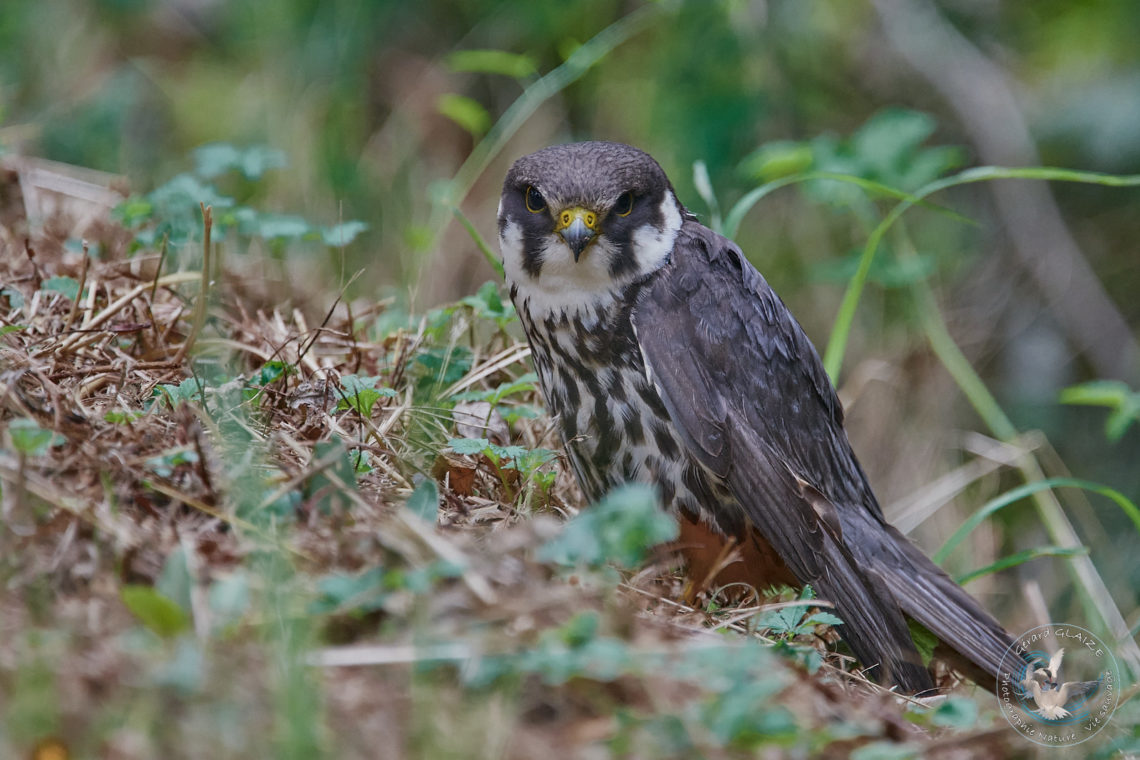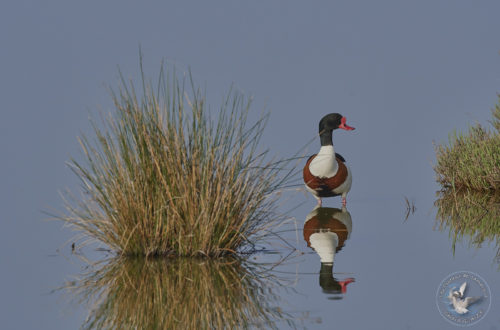Birds Family
Birds (Aves) are a class of tetrapod vertebrates characterized by bipedalism, wings, plumage and a toothless beak. The classification of birds is thus established with the following hierarchy:
- Class
- Order
- Family
- Gender
- Species
- Gender
- Family
- Order
-
Western Swamphen
Western Swamphen, sometimes called the "Swamphen Chicken," is the largest rail in France. Its upperparts are dark purplish-blue, while its throat and breast are turquoise. The undertail coverts are pure white . It has a massive bill topped with a broad, bright red frontal plate.
-
European Roller
The European Roller is also the only species of the Coraciidae family to live in France. It is a brightly colored bird. First of all, the plumage of the European Roller is distinctive, with its turquoise-blue coloration on the underside of the body and head, contrasting with the reddish-brown coat.
-
Mediterranean Gull
Mediterranean Gull is a medium-sized gull. It resembles the Black-headed Gull, but lacks black primaries. The eye is edged with white. The mantle is light gray, the upperside of the wings is gray at the base, and the primaries are white.
-
Common Pheasant
Common Pheasant is a species of galliform bird in the Phasianidae family, native to Asia and introduced to Europe in the Middle Ages. It is the most common pheasant in Europe.
-
Long-tailed Tit
Often called the Long-tailed Tit, wrongly because it is not a true tit, the Long-tailed Tit is a species of passerine bird in the Aegithalidae family. This small passerine was formerly called Tupinet or Orite.
-
The Ruff
The Ruff in fact closer to sandpipers, is a species of wading birds of the Scolopacidae family and presenting a clear sexual dimorphism, especially during the breeding season
-
Eurasian Hobby
The Eurasian Hobby is a small bird of prey the size of the Kestrel belonging to the Falconidae family. This bird of prey is one of the rare birds faster than the Chimney Swift in flight. The adult has slate-grey upperparts, with slightly darker flight feathers.
-
Ruddy Shelduck
The ruddy shelduck is a large duck with entirely orange-fawn plumage except for the head, which is much lighter. The head-body transition is made by a small black collar in the case of the male.
-
Common Starling
The Common Starling is a species of passerine bird in the family Sturnidae, and the order Passeriformes. It is native to most of Eurasia, but has been introduced to all continents except Antarctica. The Starling has become one of the most familiar birds in temperate regions. With its plump body, short, triangular and pointed wings, and short, square tail, its silhouette is characteristic.
-
Gadwall
The gadwall is a dull-coloured dabbling duck. The male is grey with a black rump and white belly. It has a white wing speculum edged with black and rufous that can be seen both in flight and at rest. The bill is grey. The female is difficult to distinguish from the female of the mallard.

































